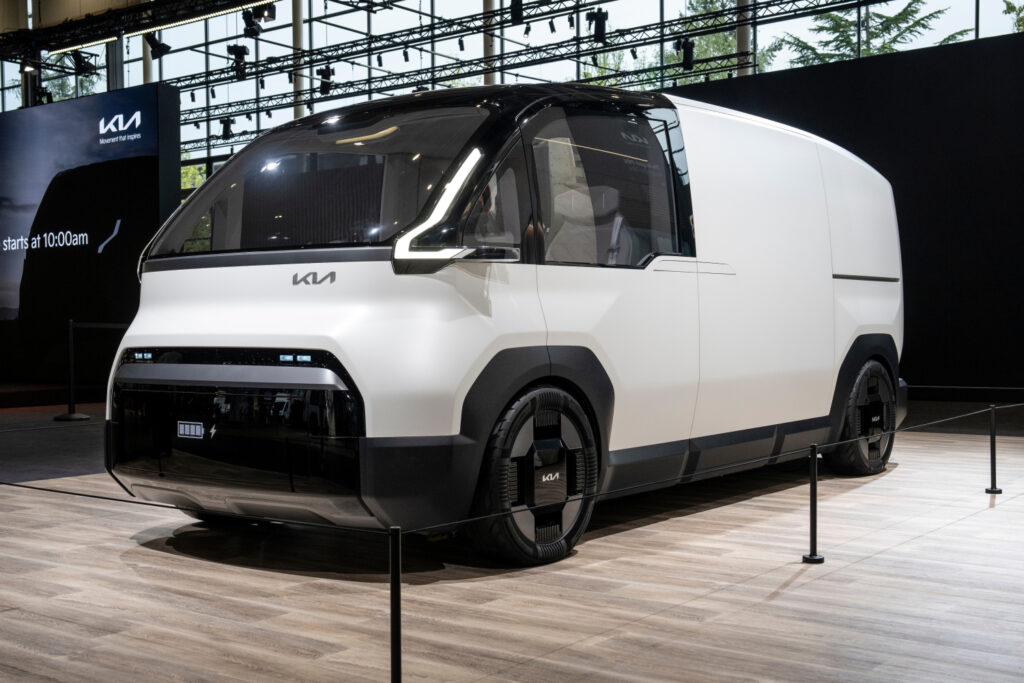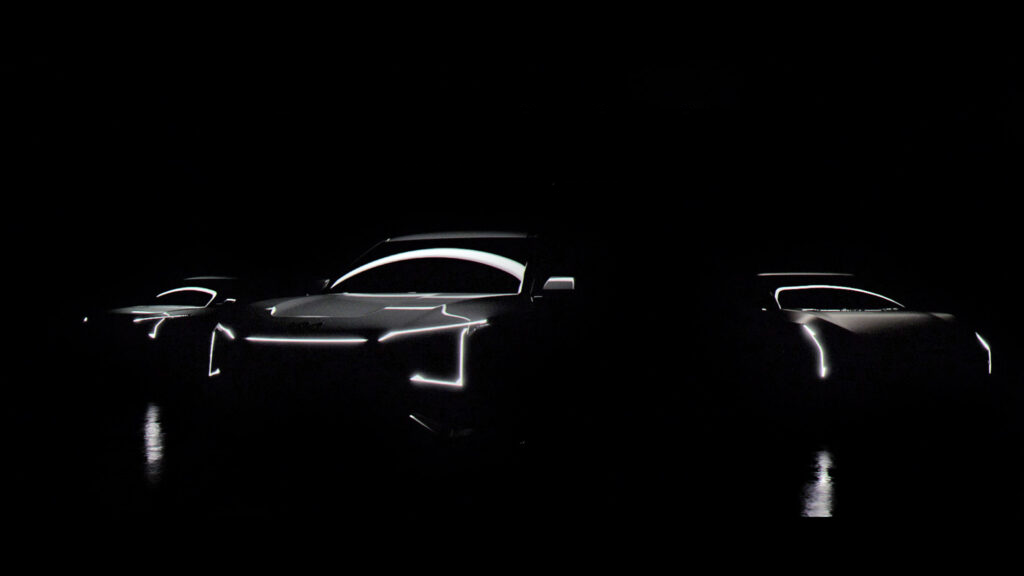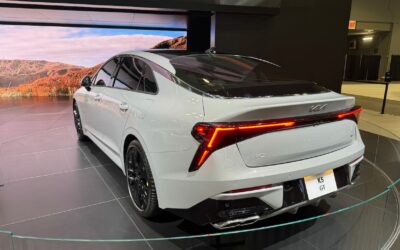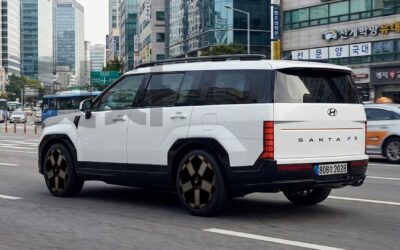Kia Corporation, South Korea’s second-largest automaker and sister company to Hyundai Motor Co., is pushing deeper into electrification with a new electric vehicle (EV) project codenamed “CB.” According to a recent agreement between management and Kia’s labor union, the mysterious model will enter production at Hwaseong Plant 2 by 2030.
Although development of the CB is still in its early stages, details about its segment and size have yet to be finalized. The move underscores Kia’s long-term EV strategy amid a global recovery in electric vehicle demand.
New EV and PBV Production Plans in Hwaseong
Kia also confirmed plans to manufacture its mid-sized purpose-built vehicle (PBV), the PV7, at the Hwaseong EVO Plant starting in 2027.
The Kia PV7—measuring approximately 5.9 meters in length, about 70 centimeters longer than Hyundai’s Staria—will target the growing commercial EV market, offering more flexibility for logistics and business mobility applications.
At the same time, Kia is making significant adjustments to its production lines to enhance efficiency:
- EV6 production will be consolidated at Hwaseong Plant 3 for smoother operations.
- The second-generation Seltos, including a hybrid variant, will be built at Hwaseong starting in early 2026, expanding from its exclusive assembly at Gwangju Plant 1.
- Gwangju Plant 2 will be converted to a mixed production system for both EVs and internal combustion vehicles, following the cost-efficient setup already used at Gwangju Plant 1 for the Seltos and EV5.
This mixed-line system, which costs only about one-tenth of a dedicated EV facility and can be implemented in a month, will give Kia agility to adapt production to fluctuating EV demand.

Strengthening Domestic and Global EV Supply Chains
Kia and its labor union have also agreed to pursue domestic production of key EV components, including battery packs and power electronics (PE) modules that integrate the motor, inverter, and reduction gears. This initiative aims to bolster supply-chain resilience as the global automotive industry continues to face parts shortages and geopolitical uncertainties.
Additionally, Kia’s Gwangmyeong plant will upgrade its Carnival minivan lineup with the latest Theta III T-GDI powertrain, maintaining internal combustion development alongside its EV expansion.
Kia Rides the Global EV Market Recovery
Kia’s production overhaul coincides with a rebound in global electric vehicle sales after the so-called “EV chasm.”
According to SNE Research, 12.84 million new EVs (including plug-in hybrids) were registered worldwide in the first eight months of the year, marking a 27.7% year-over-year increase. China led with a 29% rise, while Europe surged 32%.
Kia has kept pace with this growth, selling 114,000 EVs globally in the first half of the year—a 16.7% increase from 2024. The EV3 compact SUV emerged as a standout performer, selling 35,023 units in Europe and ranking sixth among the continent’s top-selling electric models, trailing only Tesla’s Model Y and Model 3 and Volkswagen’s ID.3, ID.4, and ID.7.
Expanding EV Production Capacity in Europe
To meet rising international demand, Kia plans to expand its annual EV output in Europe to 180,000 units by 2027. This includes 80,000 units of the EV4 hatchback and 100,000 units of the compact EV2.
Kia has already begun EV4 production at its Žilina plant in Slovakia, marking the first Hyundai Motor Group facility in Europe to manufacture vehicles using the E-GMP dedicated EV platform.
Kia’s Electrification Outlook
Kia’s roadmap reflects a strategic and flexible approach to electrification—combining new EV projects like the CB, scalable PBVs such as the PV7, and hybrid integration into existing lineups. With factory modernization, domestic component investment, and expanded global production, Kia aims to strengthen its foothold in the fast-evolving EV landscape through 2030 and beyond.





